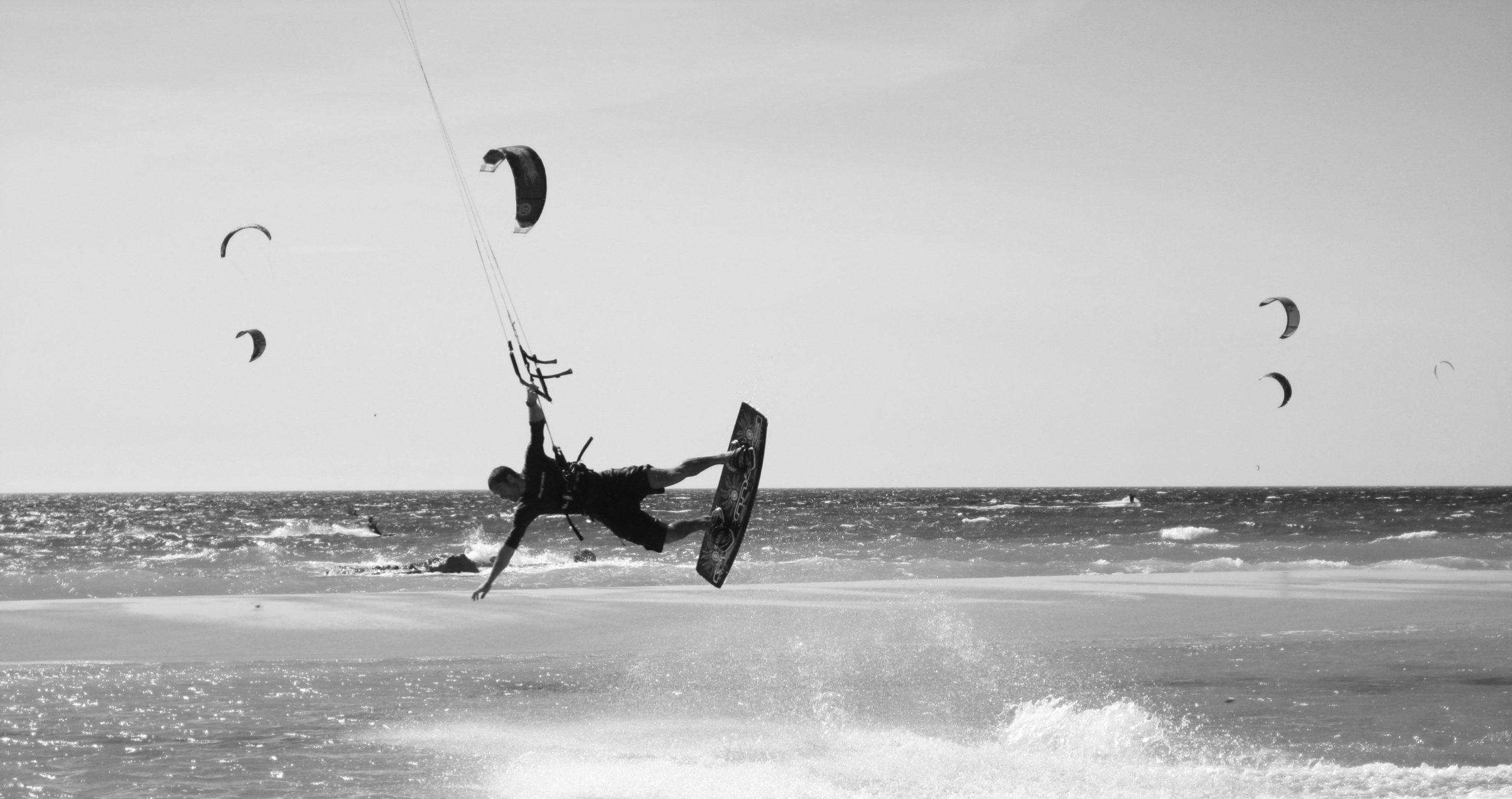Core stability is often misunderstood. It’s not about having visible abs or doing endless sit-ups – it’s about how well your body transitions through movement with control across multiple planes. The “core” includes everything from your shoulders down to your hips, with the diaphragm and abdominal muscles acting as central stabilising components.
True core stability is essential for maximising force output through your limbs and plays a significant role in injury prevention. Many chronic injuries can be traced back to deficiencies in core control and stability.
The Diaphragm: The Unsung Hero of Stability
The diaphragm is a dome-shaped muscle that attaches to the underside of the ribs and extends down into your lower back. When you inhale deeply, the diaphragm contracts and descends, creating intra-abdominal pressure. This pressure is foundational for true core stability.
If you shallow breathe – using your chest more than your diaphragm – you compromise this stabilising pressure, limiting both your stability and your power output through the arms and legs. That’s why diaphragmatic breathing should be a key component of any core training routine.
Building Strength, Stability & Coordination
Each joint in the body has an optimal alignment for movement. Poor core stability disrupts this alignment, which can lead to inefficient movement and greater injury risk.
When performing core exercises:
-
Focus on quality over quantity
-
Emphasise perfect form, not just reps
-
Prioritise controlled breathing and smooth transitions
Every well executed rep retrains your nervous system and improves your stability. On the flip side, poor quality reps reinforce bad habits and take you further from your goal.
Remember: Stability is a skill. Repetition without control won’t get you there.
The Importance of Progression
A good core stability program must include progression. For example, once you can hold a static plank for 45–60 seconds with excellent form, you’re likely no longer stimulating new adaptation. At that point, it’s time to:
-
Add dynamic movement
-
Challenge your balance
-
Engage your core in more functional patterns
Static strength has its place – especially in early rehab phases – but dynamic control is what builds a more robust and injury-resistant body over time. Too often, people plateau by repeating the same static exercises without evolving their training.
To build true resilience, your program needs to progress and challenge you.
Final Thoughts
At The Movement Project, we focus on:
-
Controlled movement
-
Effective breathing techniques
-
Strategic progression
These are the true foundations of core stability.
Once you master the movement, you can scale up intensity with more reps, dynamic challenges, or complex positions. Progression is what drives improvement – and what will ultimately help take your performance to the next level.
Train smart. Move with control. Build a stable foundation.

